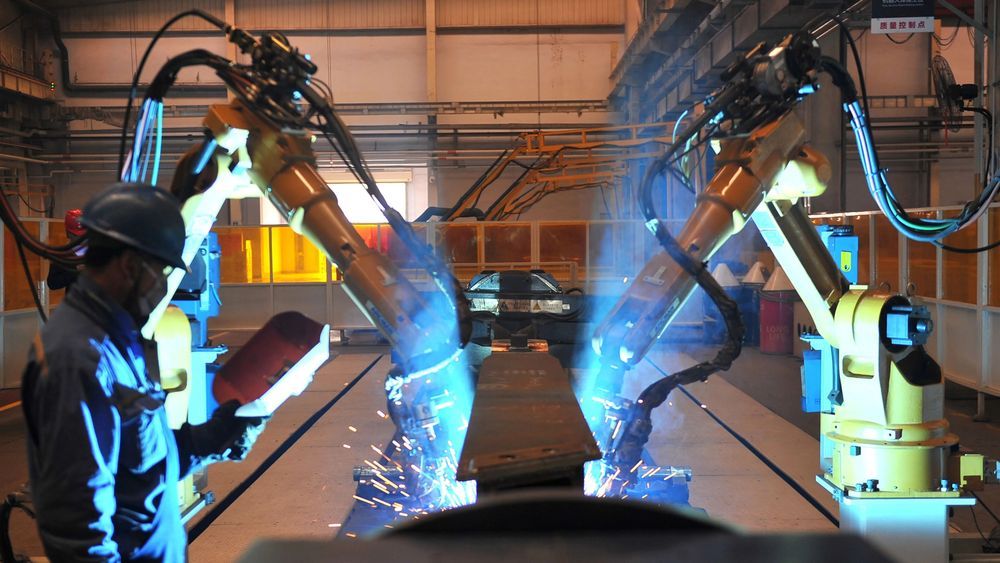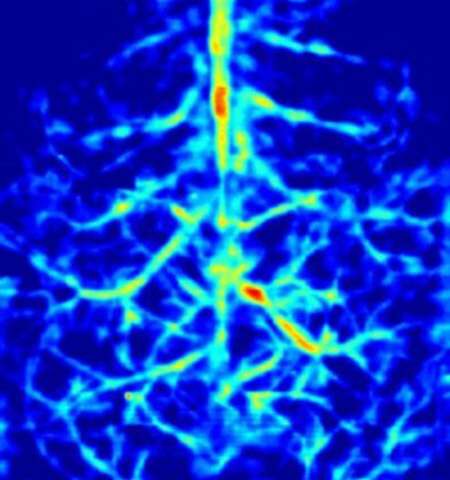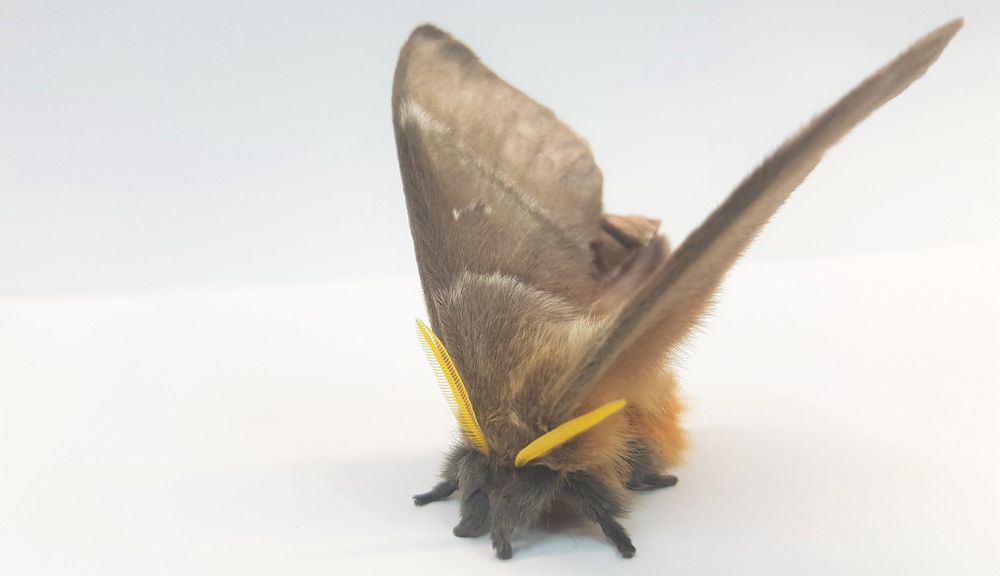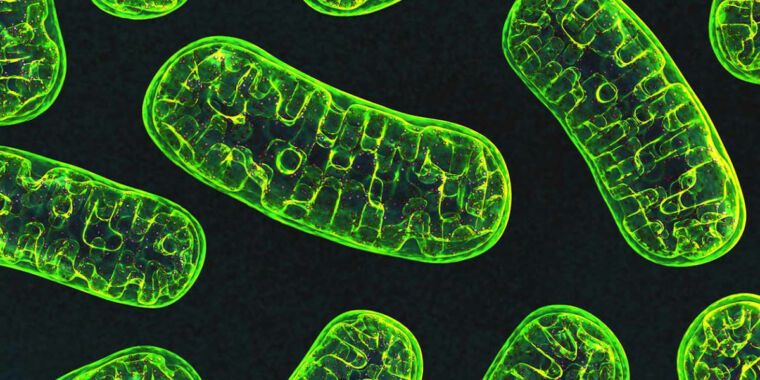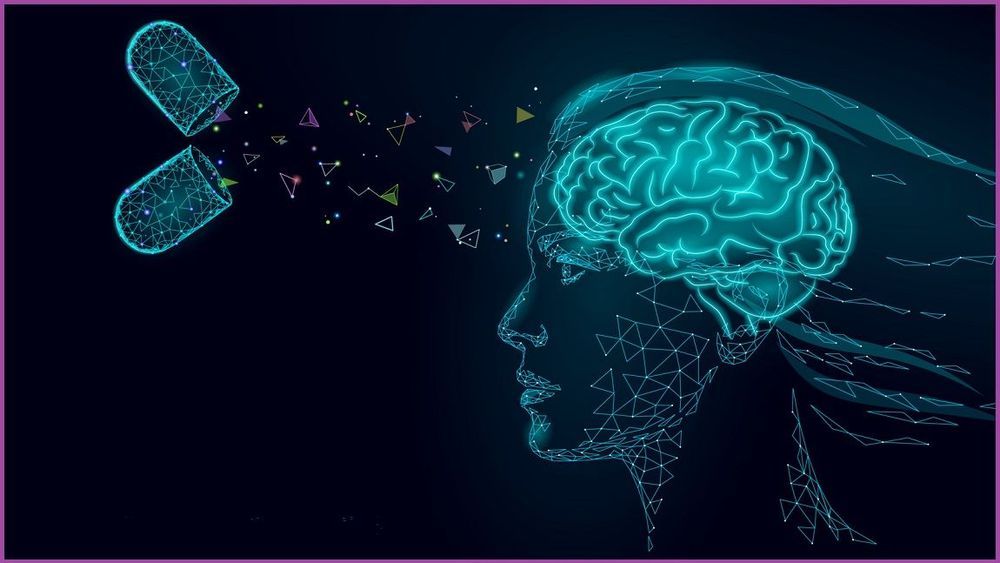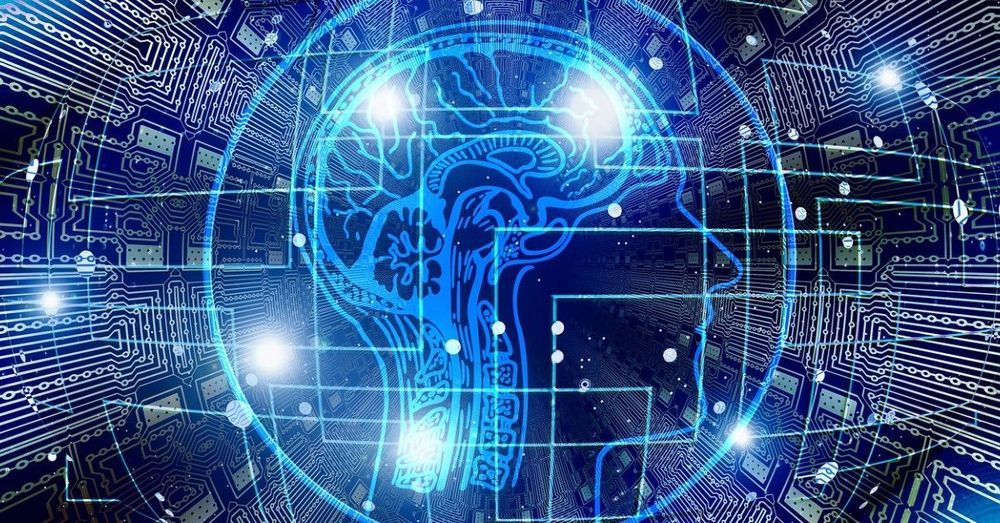Feb 27, 2020
Asia’s economies must learn to accommodate rise of robots
Posted by Derick Lee in categories: economics, employment, government, robotics/AI
While robotics and automation create a plethora of opportunities for skilled labor, they substitute many jobs of unskilled labor. Philips’ automated shaver factory in the Netherlands employs one-tenth of the workforce of its factory in China that makes the same shavers. Such developments accentuate inequality and pose severe social pressure in developed countries, which would need to be addressed by government in the years to come.
Technology can complement humans but it can also eliminate their jobs.
Lilac Nachum
Continue reading “Asia’s economies must learn to accommodate rise of robots” »
